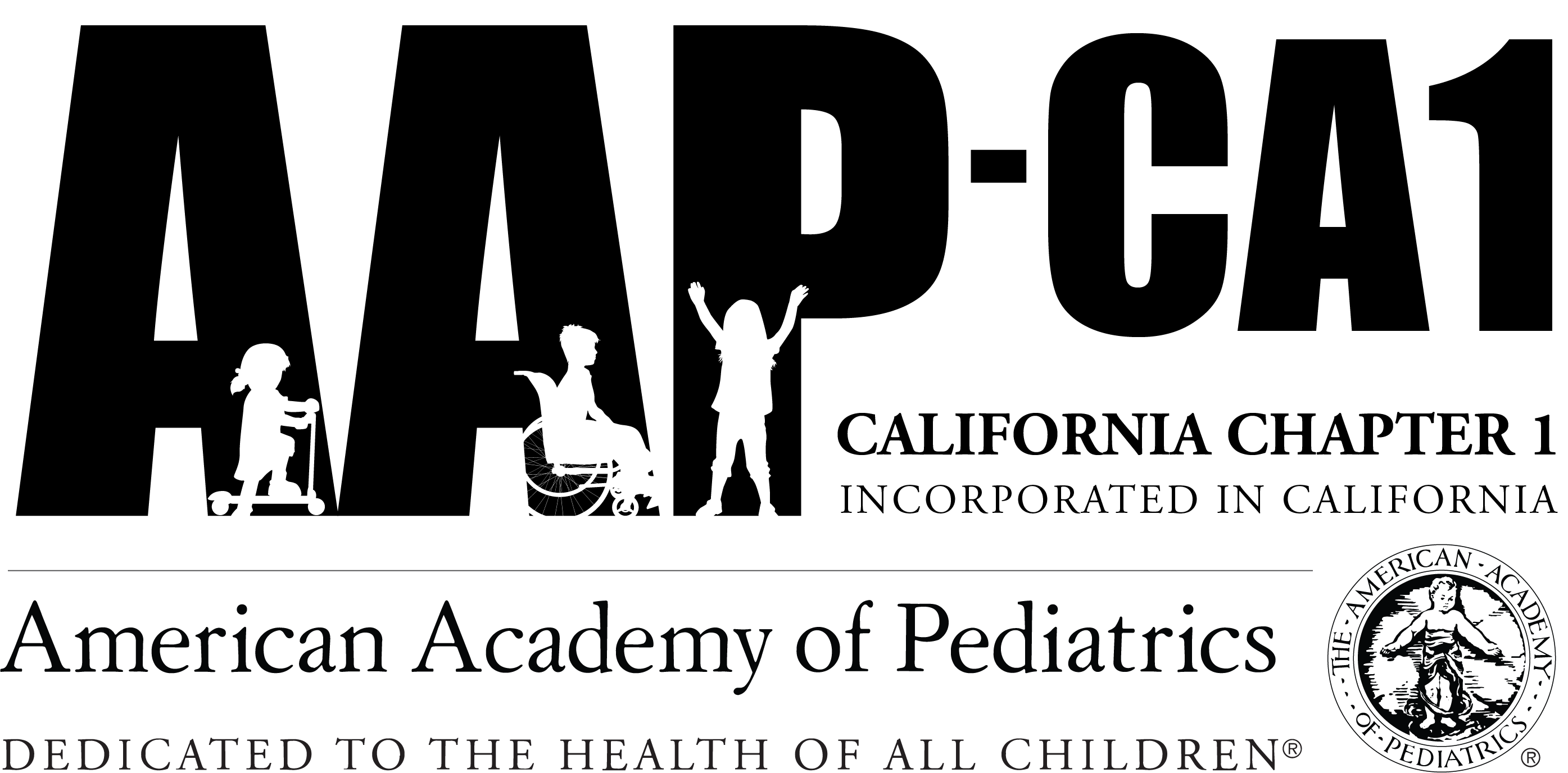Follow along with this case presentation to provide an overview of common mental health concerns.
Case discussion: Julio is a 7-year old Hispanic male brought in to see the pediatrician by his father because of Julio’s recent anxiety. The father says that Julio has always been a shy child. He seems to have increased difficulty with this since starting second grade a few weeks ago; the father notes that he complains that he doesn’t want to go to school, cries the night before school days and refuses to dress for school in the morning.
Pediatricians and primary care providers have long recognized that most mental health issues begin in childhood. Half of all lifetime problems with depression and anxiety occur by age 14. Many of the disorders begin with early symptoms, such as an anxious temperament which may proceed onto social phobia and major depression. Many families have a co-existing mental health or substance use disorder present. A longer duration of symptoms for the child and for the family correlates with risks of future ongoing depression, suicide and lifetime co-morbidities, such as substance use disorder, unemployment and chronic cardiovascular and metabolic diseases1.
The most common mental-health related diagnoses seen in the primary care office are anxiety, depression, ADHD and eating disorders. We also frequently see oppositional and conduct disorders and occasional bipolar disorders and early psychosis. The incidence of mental health concerns is increasing in our patient population. A recent article in June 2020 Pediatrics reported that the percentage of children seen in hospital emergency rooms with mental health disorders increased by 60% between 2007 and 2016; the increase in visits for self-harm increased by 329%2. The recognition, management and prevention of mental health disorders has become an increasingly important part of pediatric practice over the past 15 years.
Pediatricians have a unique role in identifying children and assisting families early in the evolution of a mental health concerns. The symptoms presenting in the office setting are often within the context of a new “problem” or ongoing behavioral concern. The pediatrician’s role is to work with the family to identify whether or not the targeted behavior is a normal variant for age and whether it seems to be impacting the child’s or family’s daily life and/or developmental progress.
Most of the concerns brought to our attention do not meet the threshold of a mental health diagnosis. In 2019, the AAP Committee on Psychosocial Aspects of Child and Family Health recommended using the skills and relationships established in primary care to identify the symptoms and precipitating triggers of the disorder, evaluate for diagnostic differentials and co-morbidities, and consider brief interventions and/or referrals3. Targeted interventions for mild presenting symptoms, such as re-establishing family routines, avoiding triggers, or promoting breathing exercises may improve the functioning of the patient and family and prevent further disorders. More significant or persistent disorders may indicate a need for mental health specialty involvement, with pediatric hand-off or provision of integrated care in the pediatric office. These interventions are outlined more thoroughly in two excellent AAP books on this subject and the AAP Mental Health website4,5,6.
Resources:
- Mental Health By the Numbers. NAMI.org. https://www.nami.org/mhstats. Accessed May 18, 2020.
- Lo CB, Bridge JA, SHI J, et al. Children’s Mental Health Emergency Department Visits: 2007-2016. Pediatrics. 2020; 145(5), e20191536; DOI: https://doi.org/10.1542/peds.2019-1536.
- Foy JM, Green CM, Earls M and Committee on Psychosocial Aspects of Child and Family Health. Mental Health Competencies for Pediatric Practice. 2020; 144(5) e20192727; https://doi.org/10.1542/peds.2019-2757.
- Foy, Jane M ed. Mental Health Care of Children and Adolescents. A Guide for Primary Care Clinicians. American Academy of Pediatrics. 2018. This book was produced through the efforts of many contributors, many of whom served on the AAP Mental Health Leadership Workgroup. It outlines topics such as “The Pediatric Advantage”, “Enhancing Pediatric Mental Health Care” and gives a lot of algorithms and practical ideas on how to address pediatric mental health and behavioral health issues in the primary care office.
- Foy, Jane M ed. Promoting Mental health in Children and Adolescents. Primary Care Practice and Advocacy. American Academy of Pediatrics. 2019. This book aims to help pediatric primary care clinicians to integrate anticipatory guidance on healthy social-emotional development into their practice, identify emerging symptoms of mental health disorders and apply brief evidence-based interventions to the care of children with mental health risks and problems.
- AAP Mental Health Initiatives. AAP.org. https://www.aap.org/en-us/advocacy-and-policy/aap-health-initiatives/Mental-Health/Pages/default.aspx7. Accessed May 18, 2020. Available materials include: Sound advice and Tips for Pediatricians, Collaborative Projects, Chapter Action Kit and tools for teaching motivational interviewing and resident curriculum.
